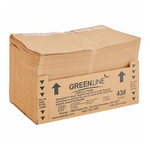Stretch Film Vs Shrink Film -What is the difference?
Stretch wrap and shrink wrap are the top two packaging solutions that most businesses rely on when it comes to keeping palletized goods secure while in transit, retail, and storage. Both terms, shrink wrap and stretch wrap, are used interchangeably causing it to be tough to differentiate as both stretch film and shrink film appear alike. Let’s discover the differences between the two, and which is best suited for your business.
Stretch Film/Wrap
This type of film is used to secure packaged goods on a skid. As you wrap this around a pallet, tension is applied, allowing the film itself to stretch/extend over 200%. The constructive force (tension) is what holds the shipment in place. This film is generally made from polyethylene.
Discover the different kinds of stretch film we offer.
- Hand stretch film
Hand stretch film is used to secure loads by a manual procedure. The film rolls are usually shorter and lighter in weight than any other stretch film. These hand rolls are usually between 1,000 and 2,000 feet long, with the most
 common roll length being 1,500 feet. This film typically ranges between a 30-130-gauge thickness, most popular being the standard 80Ga. The 80-gauge film usually has a 75%-150% stretch rate depending on the manufacturer. Hand stretch film is popular among low-volume packaging operations.
common roll length being 1,500 feet. This film typically ranges between a 30-130-gauge thickness, most popular being the standard 80Ga. The 80-gauge film usually has a 75%-150% stretch rate depending on the manufacturer. Hand stretch film is popular among low-volume packaging operations.
- Machine Stretch Film
This film is designed to be utilized with a stretch wrap machine. Machine stretch film is typically used in environments that have high-volume packaging operations. Next, we will learn about the different types of machine stretch film:
Pre-stretched film
This film has been pre-stretched during the manufacturing process. Meaning, it has been stretched closely to its breaking point, approximately 90%, and then rolled onto cores. Because of this process, these films have thinner gauges than your usual stretch film. Pre-stretched film is known for good shrinkage, self-adhesion, thick texture, high transparency, and a high puncture resistance. Some advantages of using this type of stretch film are that there is less waste disposal, less transportation energy consumption, and less exhaust emissions.
Cast stretch film
This film is created through a cast extrusion process. This is when heated resins are fed through multiple cooled 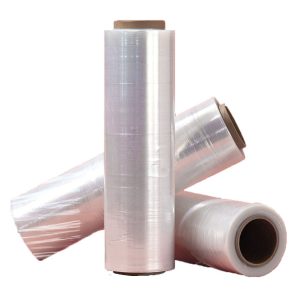 rollers which then solidify the stretch film. This process is cost-effective and is less expensive than the blown film process. This film is known as a general-purpose wrap and can be used various environments for a wide range of tasks.
rollers which then solidify the stretch film. This process is cost-effective and is less expensive than the blown film process. This film is known as a general-purpose wrap and can be used various environments for a wide range of tasks.
Blown stretch film
Like the cast film, this type of film uses its own process called the blown extrusion process. Heated resins are blown into a bubble which is then converted into a sheet. The sheet is then rolled and put on a core. This film is a bit more expensive than the cast film, but is much stronger, has a greater puncture resistance, and has more stretch. Therefore, you can get more with less which means there is not a significant difference in cost savings either way.
Read on to discover about shrink film.
Shrink Film/Wrap
Shrink film is generally used to wrap the product itself rather than the cased goods on a pallet. This film is used on products like fresh produce, electronics, frozen food, and other goods. When heat is applied to this film, the plastic shrinks tightly around the product within to fit appropriately. The heat is applied with either an electric or gas heat gun or, a conveyer heat tunnel.
Continue to discover the types of shrink film.
- Polyolefin Shrink Film
With 80% shrinking properties and better transparency, polyolefin shrink film remains odourless when heated or cooled. This film is best used to wrap food products like cauliflower, cabbage, meat, bakery items and frozen pizza. It can also be used for non-food products such as beverage bottles, candles, cosmetics and much more. Polyolefin film is also printable.
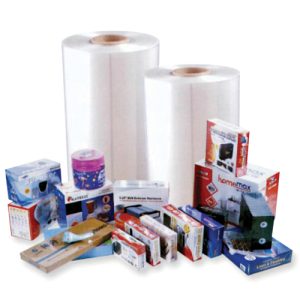
- Polyethylene Shrink Film
Polyethylene offers less transparency and lower clarity than other films but carries thicker characteristics, making it more durable. This film tightens itself around a product using cool air during the last stage of the packaging process. Polyethylene film can reach a thickness of up to 1200 gauges. This type of film is generally used for applications like wrapping boats, multi-pack beverages, and other heavy items.
If you are still unsure of what film is best for wrapping your products, reach out to our sales team and we’ll have one of our wrapping gurus stop by!


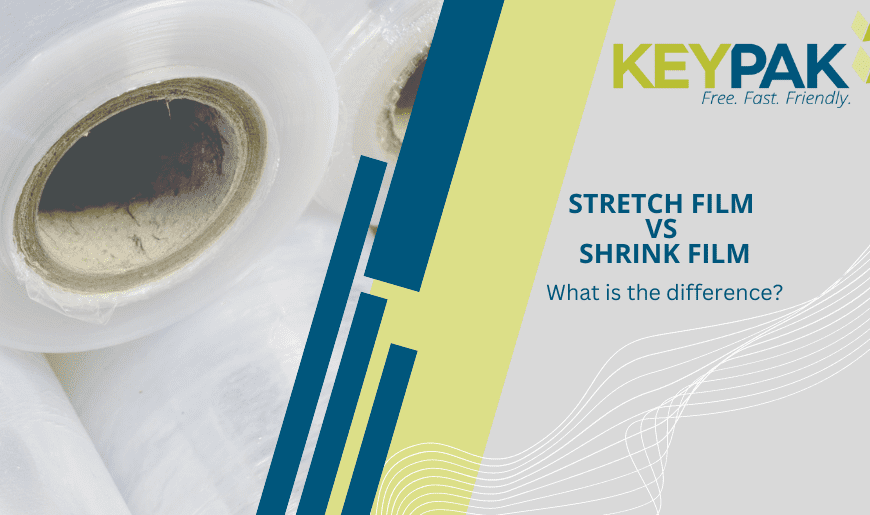
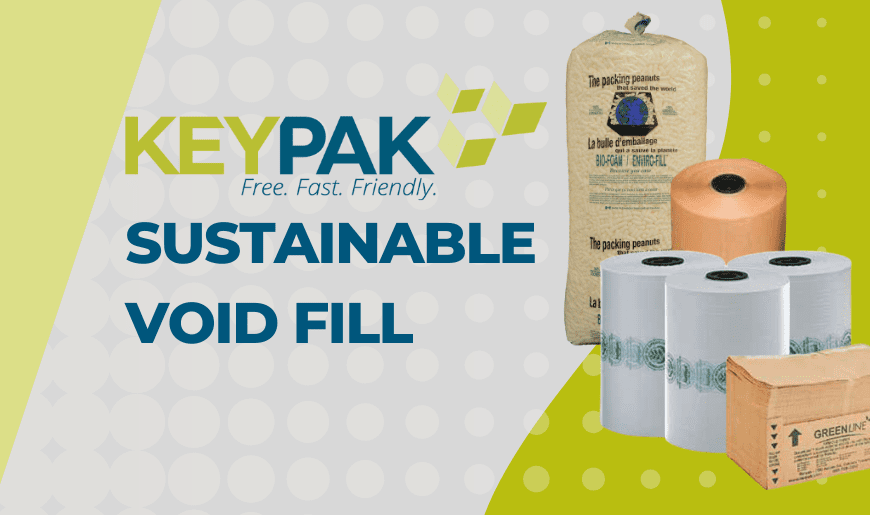
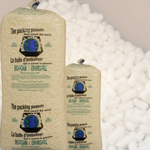 These are not only cost-competitve, but also protect and cushion with the same quality as regular polystyrene peanuts. You are saving money, and the planet, all while protecting your product!
These are not only cost-competitve, but also protect and cushion with the same quality as regular polystyrene peanuts. You are saving money, and the planet, all while protecting your product!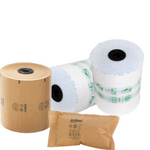 In addition, bio-film pillows are made from potato starch and maize starch, making them composed of renewable raw resources which are fully compostable and 100% biodegradable. When discarded of, bio-film takes three months to break down; used bio-film can also be composted in your home!
In addition, bio-film pillows are made from potato starch and maize starch, making them composed of renewable raw resources which are fully compostable and 100% biodegradable. When discarded of, bio-film takes three months to break down; used bio-film can also be composted in your home!